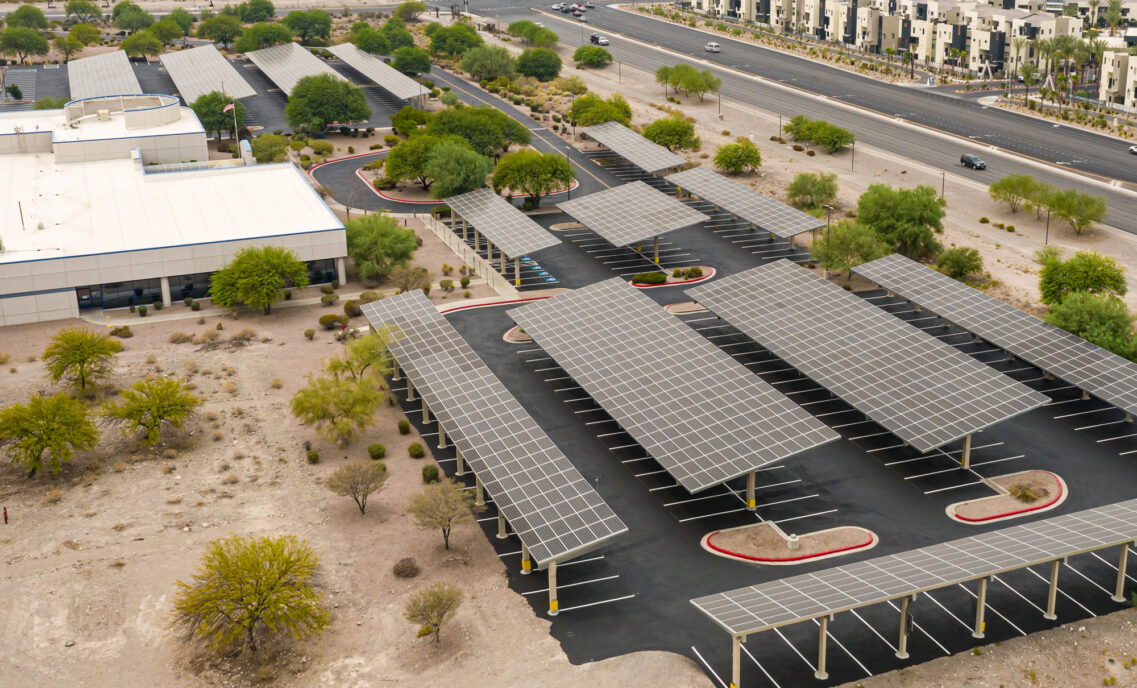When it comes to their clothing choices, today’s consumers are interested in more than just style and fashion. They are curious about sustainability, too – albeit perhaps not in equal measure. Those were some of the findings of Levi Strauss & Co’s recent research, which sought to understand how people value sustainability in their apparel choices.
It highlighted a recent spike in environmental concern, with 49% of survey respondents saying they were more worried about sustainability now than before the pandemic. But the research also found that there are also limits to how much information consumers want; fit and style remain key elements influencing purchasing decisions, and at a certain point, consumers may start tuning out added talk about how clothes are made.
The findings dovetail with the recent Sustainable Living Global Consumer Insights Study from Globescan, which LS&Co. sponsored, and which documented the evolving shift in consumers’ desires to promote sustainability through their purchases.
According to that study, close to 75% of consumers have a heightened interest in learning more about how companies engage in sustainable practices, such as recycling, improving the environment and discontinuing synthetic materials. Almost two-thirds of Generation Y and Z respondents claimed they would pay more for sustainable products. More than 50% of Baby Boomers and members of Generation X said they would do the same.
Both data sets emphasized that clear and intentional messaging is essential for communicating sustainability values to consumers.
For LS&Co., there’s a push/pull dynamic at work. We’re looking to provide the sort of information people want about our products while also leading them into deeper conversations on issues that aren’t usually discussed, such as overconsumption.
“This research demonstrates that the consumer is looking for more information about how their clothing is made,” said Jeff Hogue, Chief Sustainability Officer. “Having recently released our first holistic sustainability report and codified our climate, consumption, and community framework for our efforts going forward, I think we have a good story to tell about how we are defining and acting on sustainability across our business,”
Hogue pointed to the Buy Better, Wear Longer campaign as an example of what strong sustainability communication can look like. “It was timely, bold, effective, and it played to our strengths of durability and innovation,” he said.
“We aren’t trying to be more sustainable just for consumers,” he continued. “We’re doing it because it’s the right thing to do for our business, our society, and our planet. But knowing that consumers are on the same page, or getting there, is very encouraging. It shows we’re all moving the right direction.”







